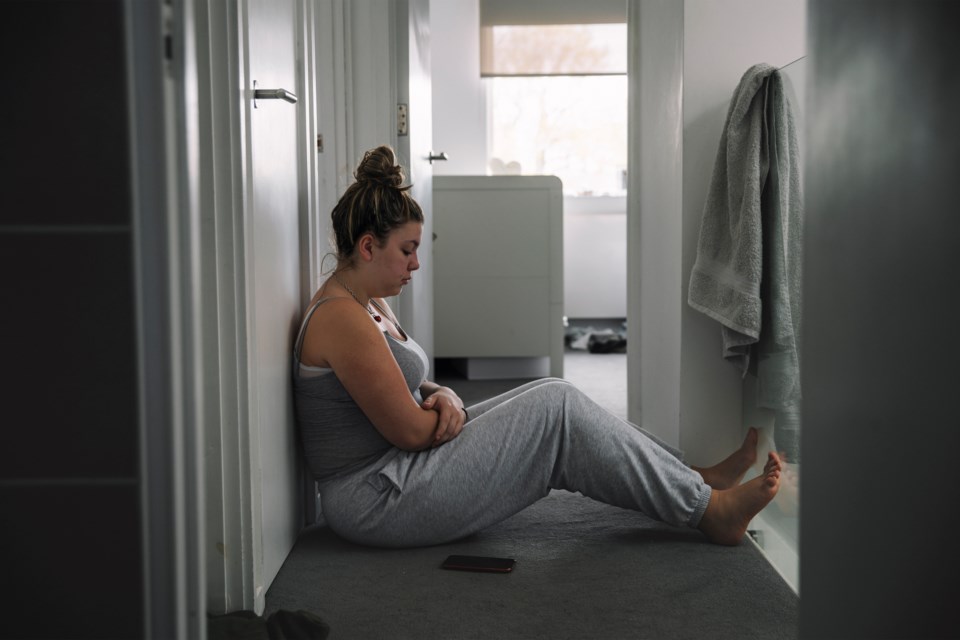Editor’s note: This story deals with suicide and suicidal ideation. If you feel you might be in danger of hurting yourself or someone else, call 911 or go to a hospital emergency department. Folks who are struggling can also call the provincial Crisis Centre of BC: 1 (800) 784-2433, which is available 24 hours a day, seven days a week.
If this new survey is any indication, then teenage girls’ mental health is not OK. And there’s one culprit that sticks out the most.
A new survey for U.S. teenagers from the pointed out some alarming numbers when it comes to the mental health of teenage girls. The survey reported that about 57% of teen girls felt persistent feelings of sadness or hopelessness in 2021 compared to 36% in 2011.
The number jumps to 69% in 2021 if the girl identifies as LGBQ+ (note the report did not have a question asking about gender identity, hence the absence of the T).
Other stark 10-year trends stick out: 30% of teenage girls seriously considered suicide in 2021 compared to 19% in 2011. Nearly one out of every four made a suicide plan within the last year. About 13% of the surveyed teenage girls attempted suicide.
But, some of the typical mental health indicators differ now compared with 10 years ago.
Poor mental health indicating factors like alcohol or substance use are relatively down compared with 10 years ago, according to the very same survey, and it’s safe to say our ability to talk about mental health has only increased as the number of psychologists in Canada has increased steadily since 2015.
While a quick thought may be isolation because of the pandemic, in actuality more teenagers were suddenly experiencing loneliness starting in about 2010.
So what rose suddenly in the 2010s? Social media activity.
Now social media is not likely the only culprit here, but it certainly is a culprit. Just earlier in February, a Â鶹Éçąú˛úteenager wrote a column for us about the need to limit exposure to technology.
“Technology is very useful. It helps us with lots of things, and I honestly can’t remember a time when technology wasn’t a helpful asset in my life,” she wrote, “but it also can be dangerous, not only for youth but everyone, if we don’t know our limits.”
The key thing that she points out is understanding personal limits. But in our everyday world, the ability to control those limits is more and more out of our hands.
Let’s imagine social media kind of like how we envision alcohol, a tool you can use at your own discretion which, if used reasonably, can be fun and social and maybe even a little useful. But say you reach an age and you decide you want to quit drinking alcohol — it’s more harm than good, perhaps — then you can give it up and largely go about the rest of your day.
But giving up social media? That’s a lot tougher.
Social media nowadays is practically a requirement for most jobs. Even if you don’t use it for work, many applications you’ll find through the internet require it, meaning you had to have some semblance of how to use it to even find what you need.
So, what do we do? If limiting our use is likely the best solution, then how do we make that a reality? Because I’m not sure that I have an answer.
But I do know that social media is behind the decreasing mental health in teenage girls. And I do think drastic measures need to be taken to protect some of our most vulnerable.
We cannot just accept these numbers as everyday life. We have to find solutions.

.jpg;w=120;h=80;mode=crop)




